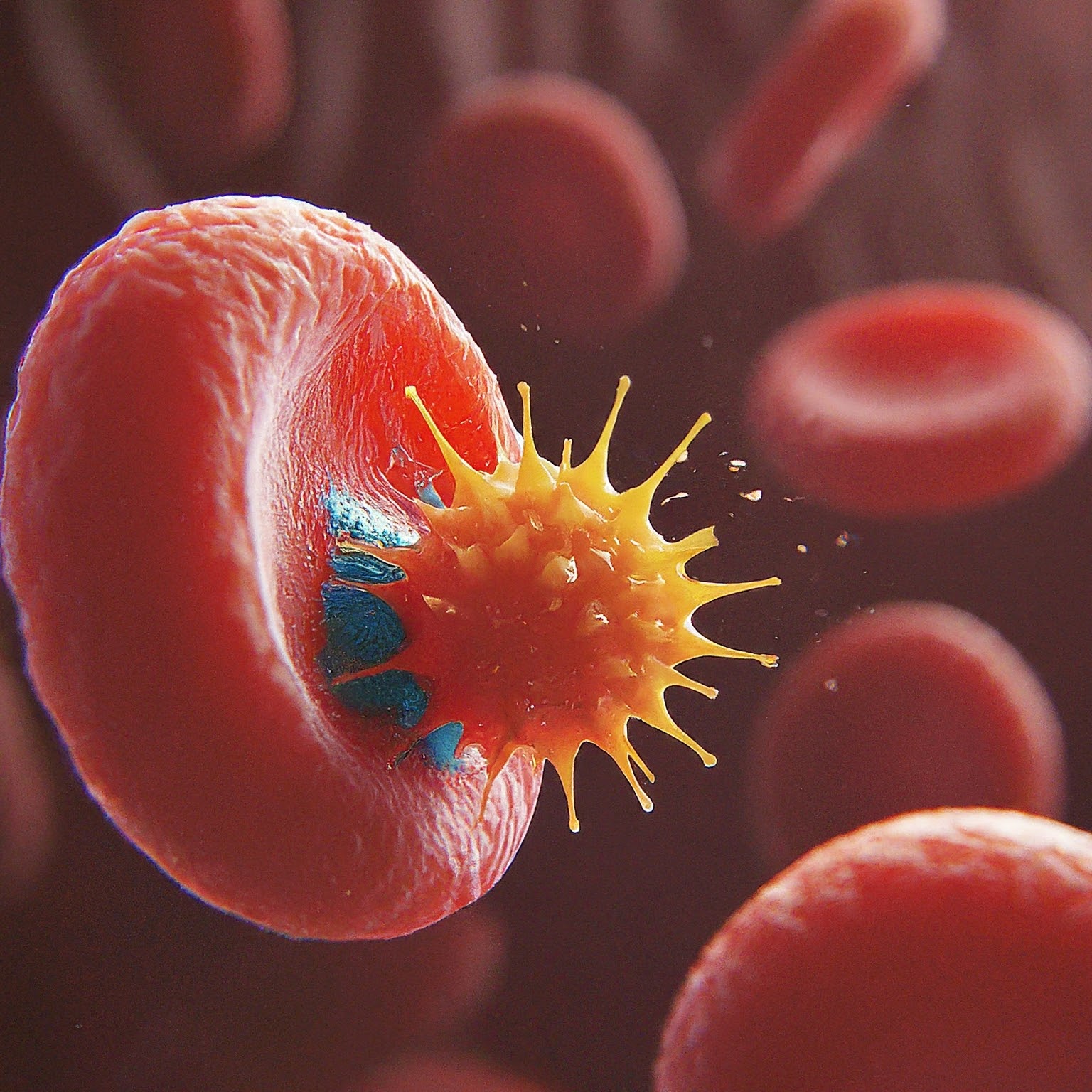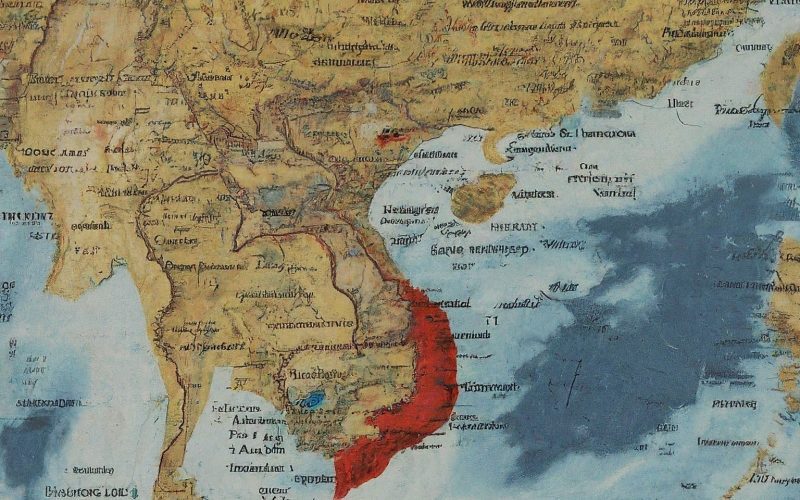About the Author
Dr. Li Wei is a seasoned epidemiologist with over 15 years of experience working with the World Health Organization (WHO) on emerging infectious diseases. Currently stationed in Southeast Asia, Dr. Wei is actively involved in the response to the recent bird flu outbreak in Cambodia.
Informative Headings:
- A Wake-Up Call: Bird Flu in Cambodia
- Understanding Bird Flu: A Global Threat?
- Local Actions, Global Impact: Stopping Bird Flu at its Source
- Collaboration is Key: Public Health on a Global Stage
- Protecting Yourself and Your Community
- The Future of Public Health: Lessons Learned
From Local Outbreak to Global Concern
As an epidemiologist working in Southeast Asia, I’ve witnessed firsthand the devastating effects of infectious diseases. Recently, Cambodia has been grappling with a bird flu outbreak, raising concerns about its potential to spread globally. This article explores the complexities of bird flu, the international response, and how individual actions can contribute to a collective effort.
Bird Flu: A Looming Threat?
Bird flu, also known as Avian Influenza, is a viral infection that primarily affects birds. While some strains pose minimal risk to humans, the H5N1 subtype currently circulating in Cambodia has caused human infections and fatalities. The concern lies in the virus potentially mutating and acquiring the ability for sustained human-to-human transmission, which could trigger a global pandemic.

Stopping Bird Flu at its Source
The good news is that most bird flu cases in humans stem from close contact with infected poultry. This highlights the importance of local action in containing the outbreak. Here’s how Cambodia and the international community are working together:
Table 1: Local and Global Efforts to Contain Bird Flu
| Focus Area | Actions Taken |
|---|---|
| Animal Control | Culling infected birds, restricting poultry movement, and implementing biosecurity measures on farms. |
| Surveillance | Extensive testing of poultry and humans for the virus, identifying potential hotspots. |
| Public Awareness | Educating communities about bird flu transmission, hygiene practices, and reporting suspected cases. |
| Vaccine Development | Researching and stockpiling vaccines specific to the circulating H5N1 strain. |
Collaboration is Key: Public Health on a Global Stage
The interconnectedness of our world means that a local outbreak can quickly become a global concern. The WHO plays a crucial role in coordinating international efforts, sharing information, and deploying resources to affected areas. By sharing scientific data, collaborating on vaccine development, and implementing best practices, we can collectively prevent a bird flu pandemic.
Protecting Yourself and Your Community
While the risk of human-to-human transmission remains low, basic hygiene practices like frequent handwashing and avoiding contact with sick birds are essential. Staying informed about the latest updates from health authorities and reporting any suspected cases are critical steps in containing the virus.
The Future of Public Health: Lessons Learned
The bird flu outbreak in Cambodia serves as a stark reminder of the constant battle against emerging infectious diseases. It underscores the importance of global collaboration, early detection, and robust public health systems. By learning from this experience, we can strengthen our defenses and be better prepared for future threats.












